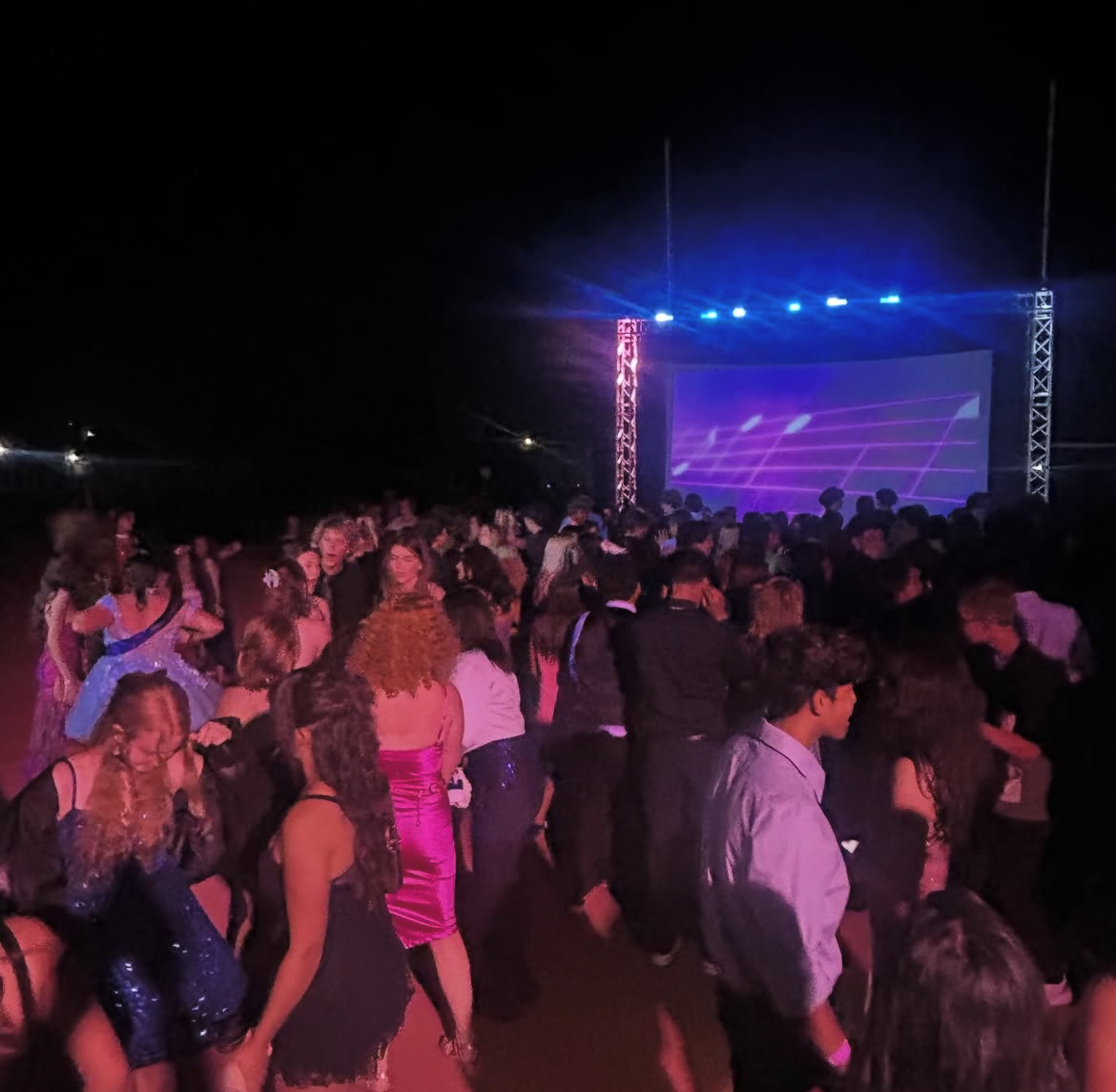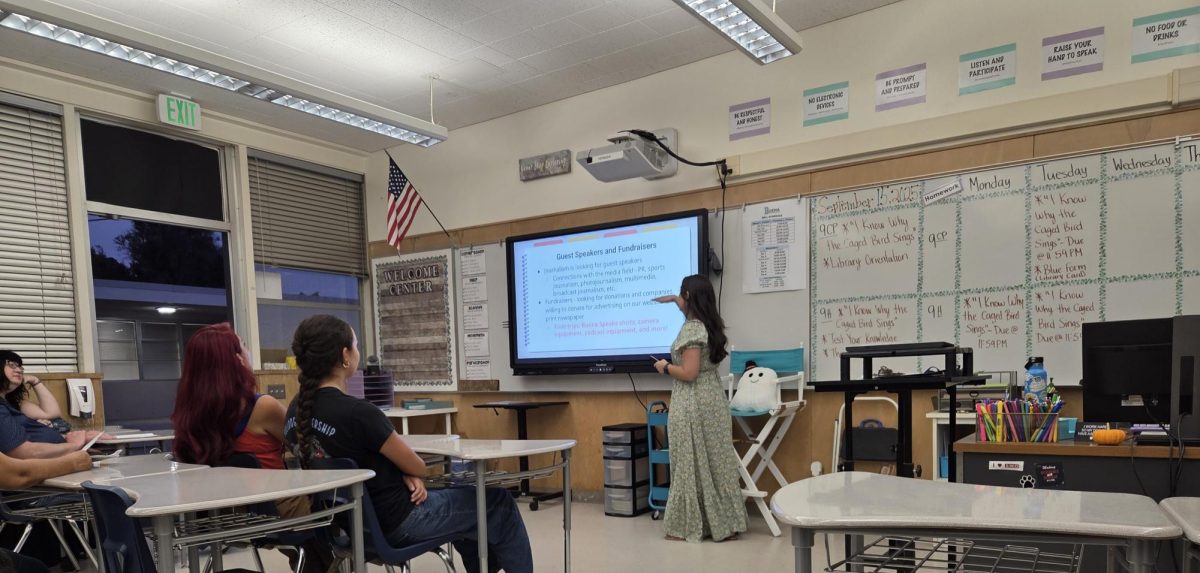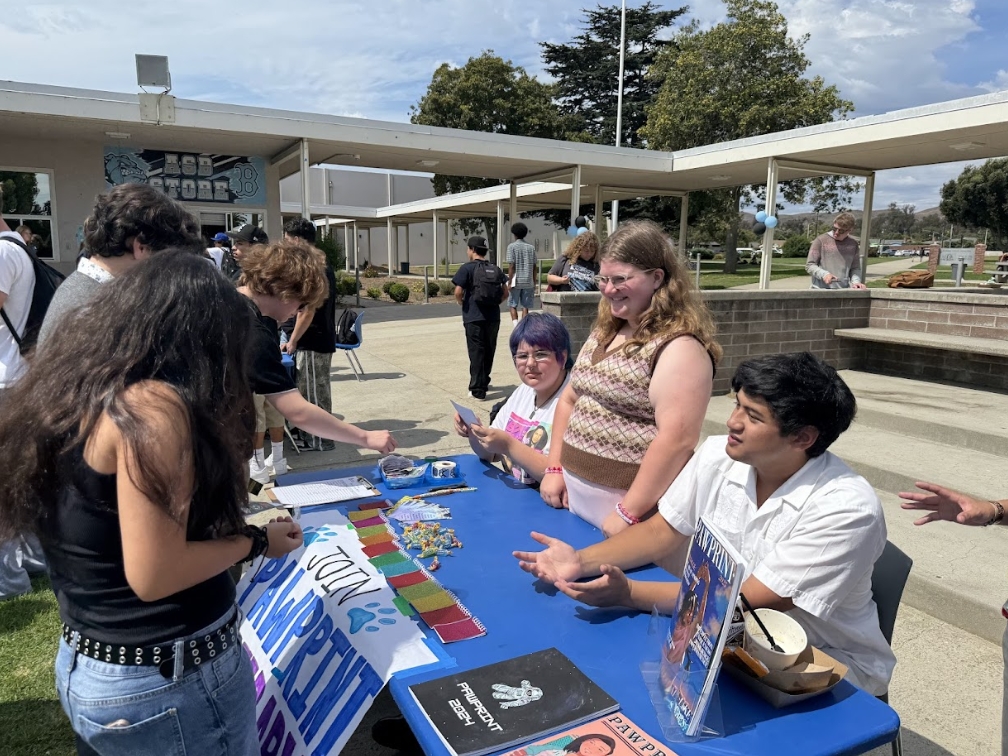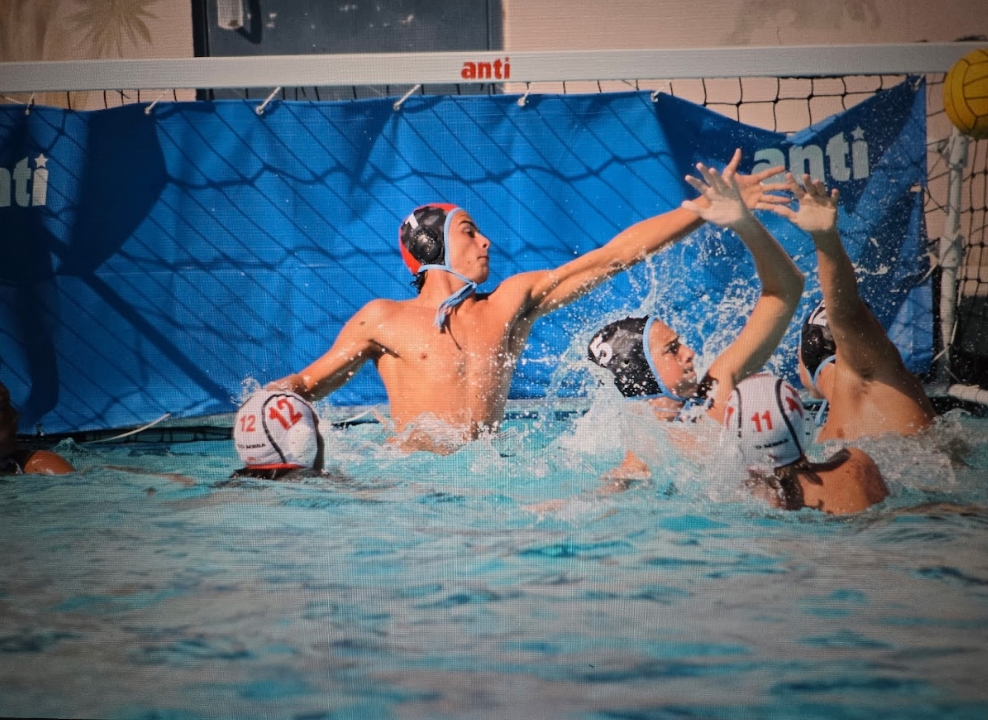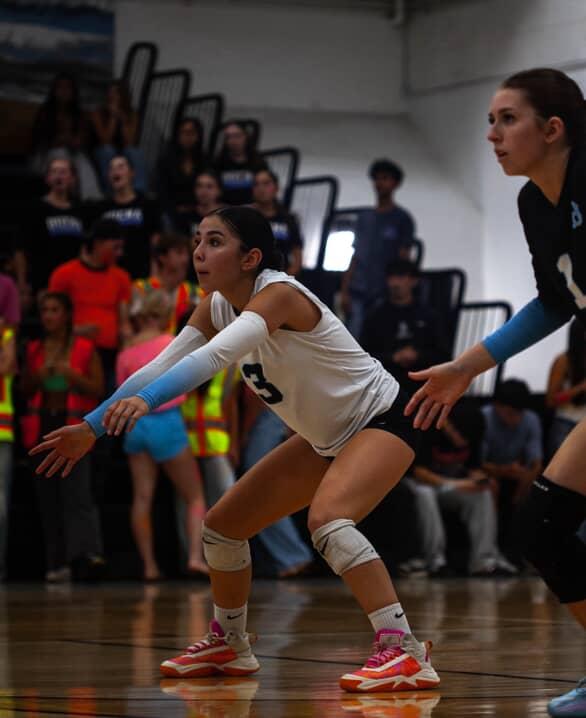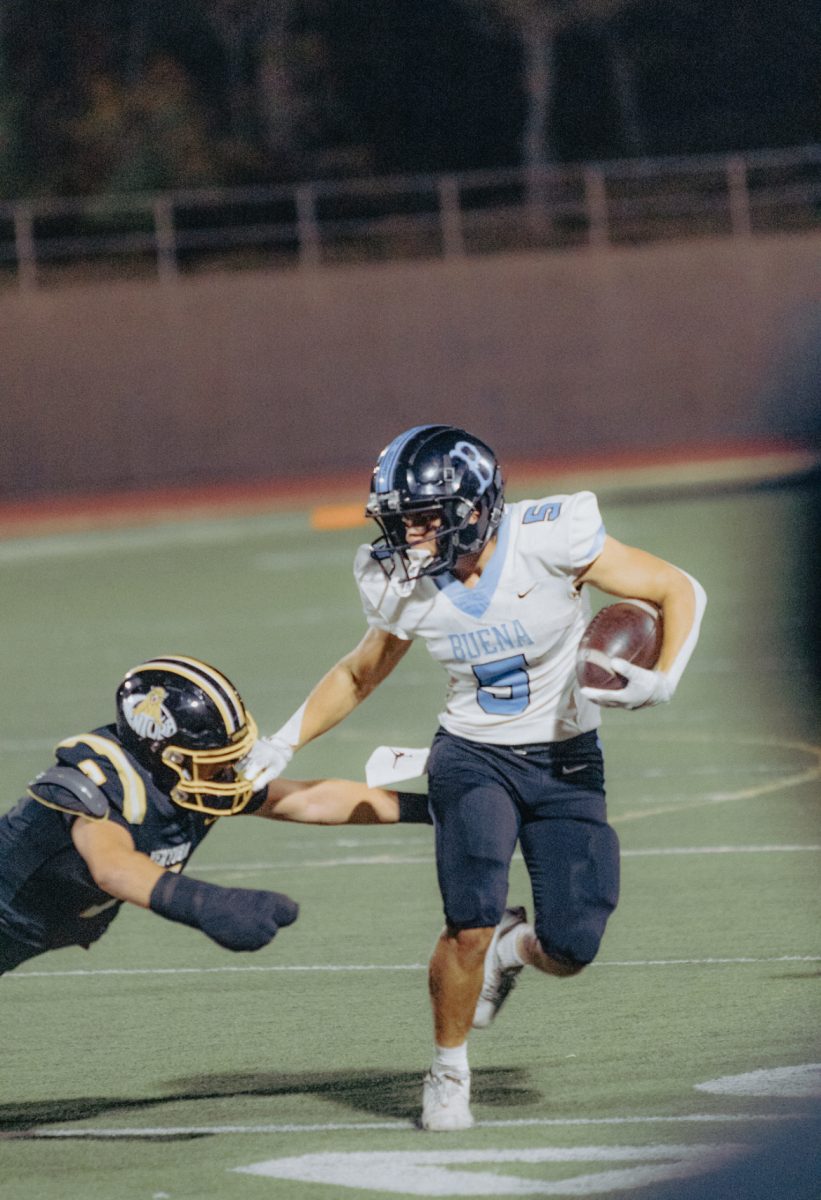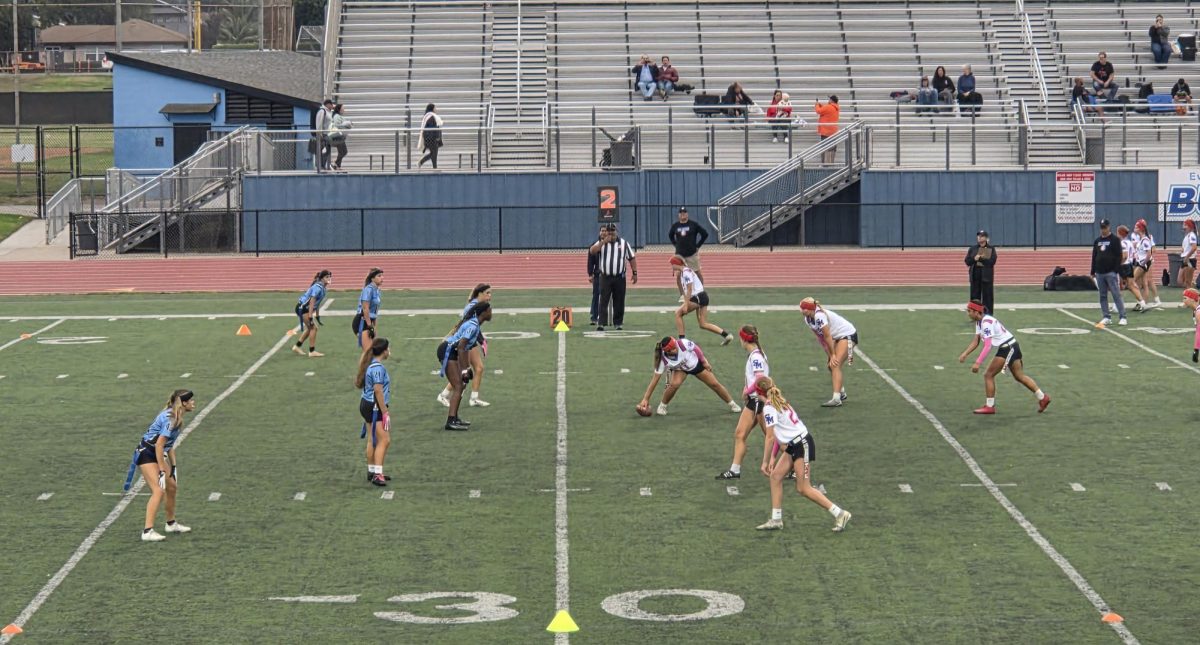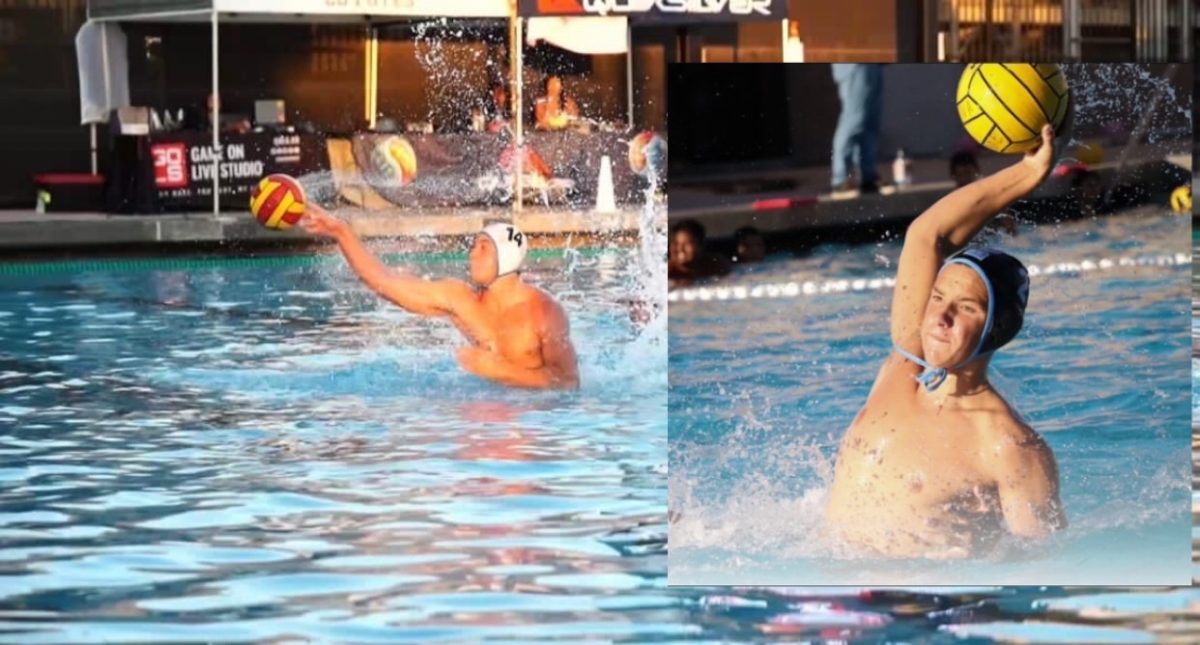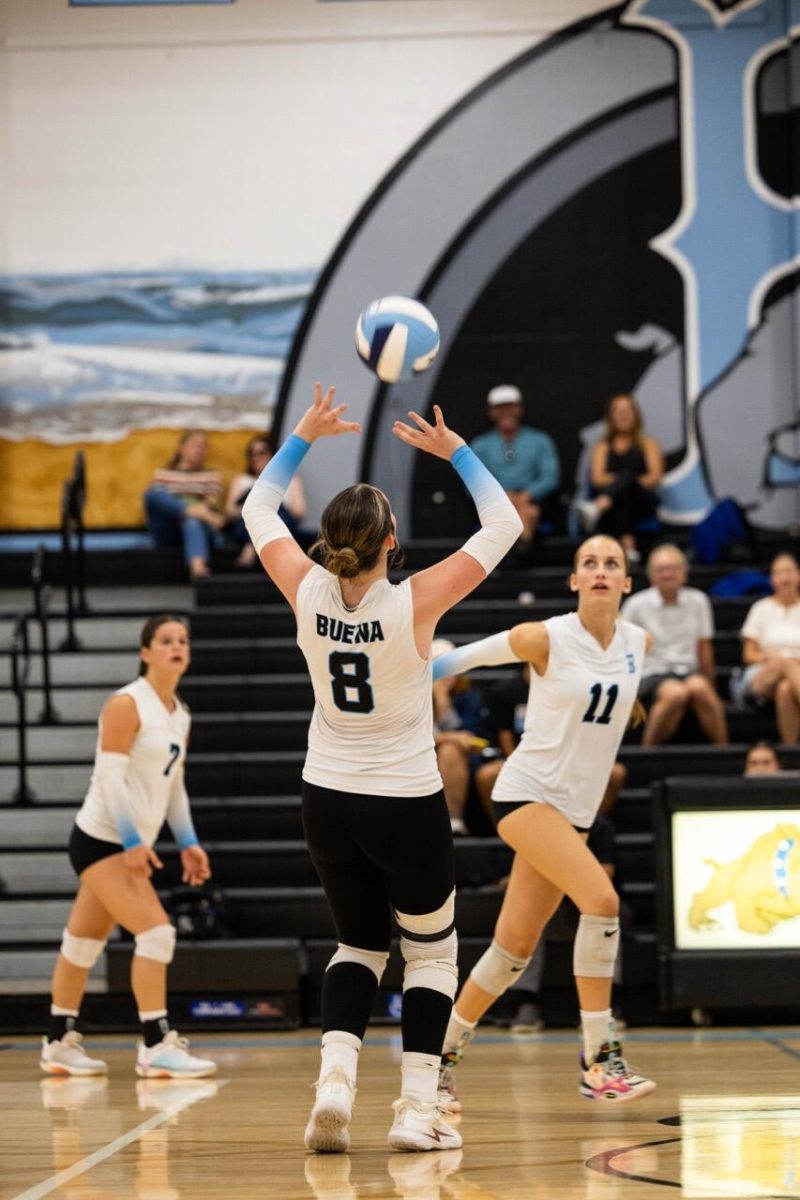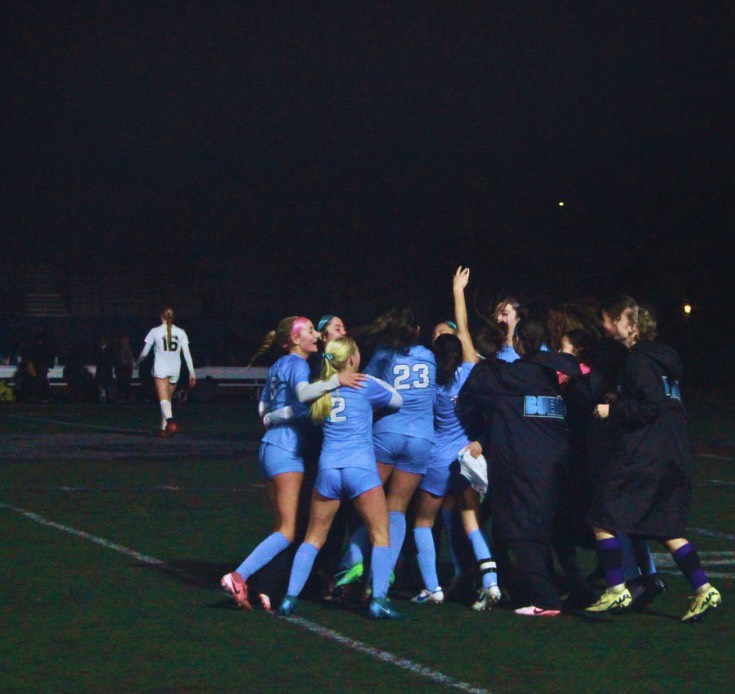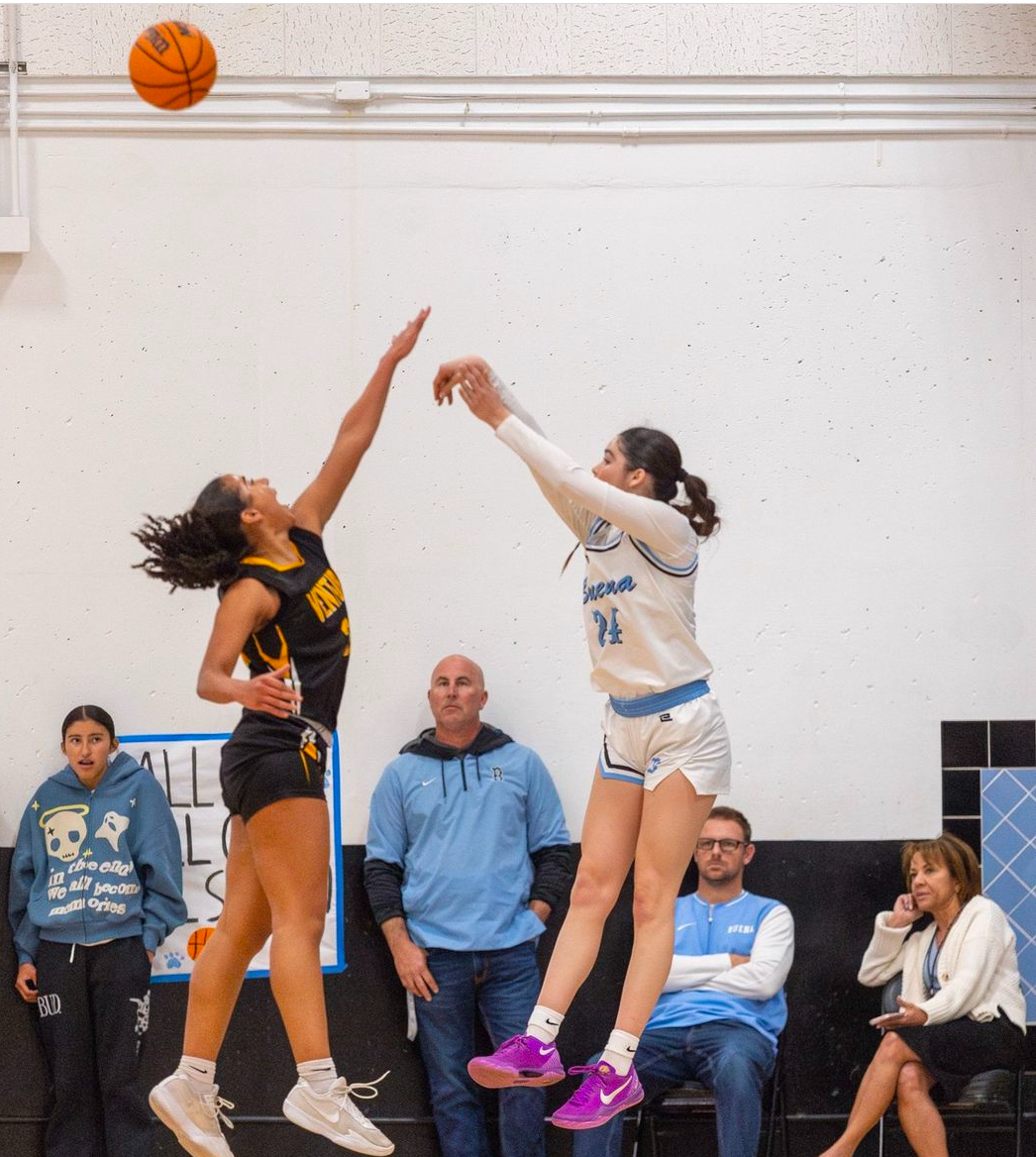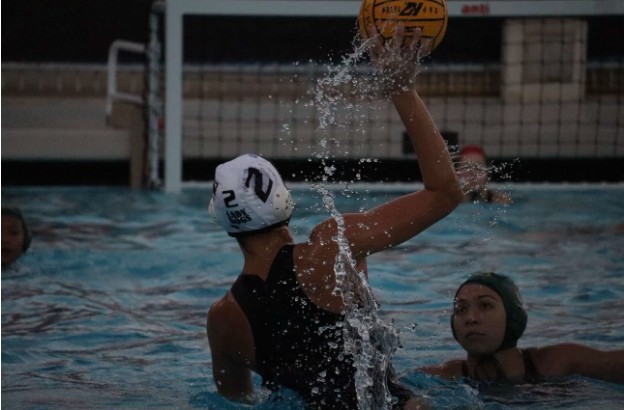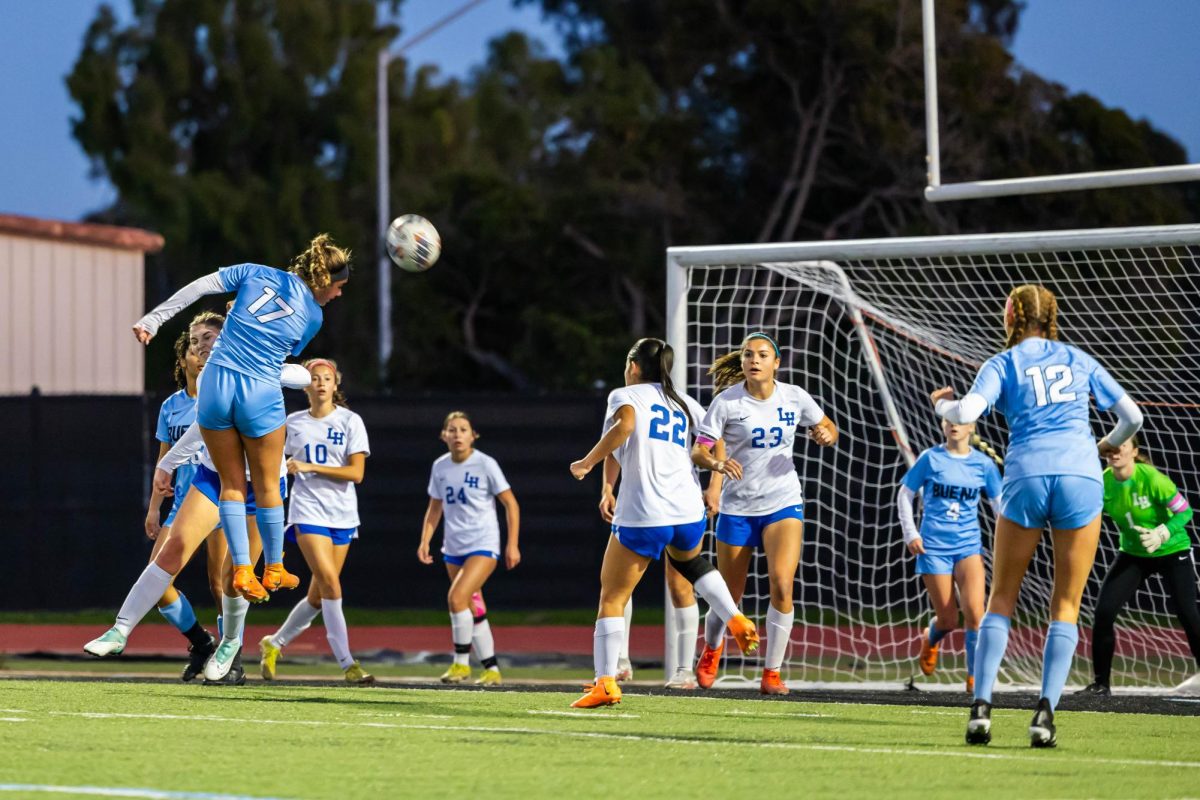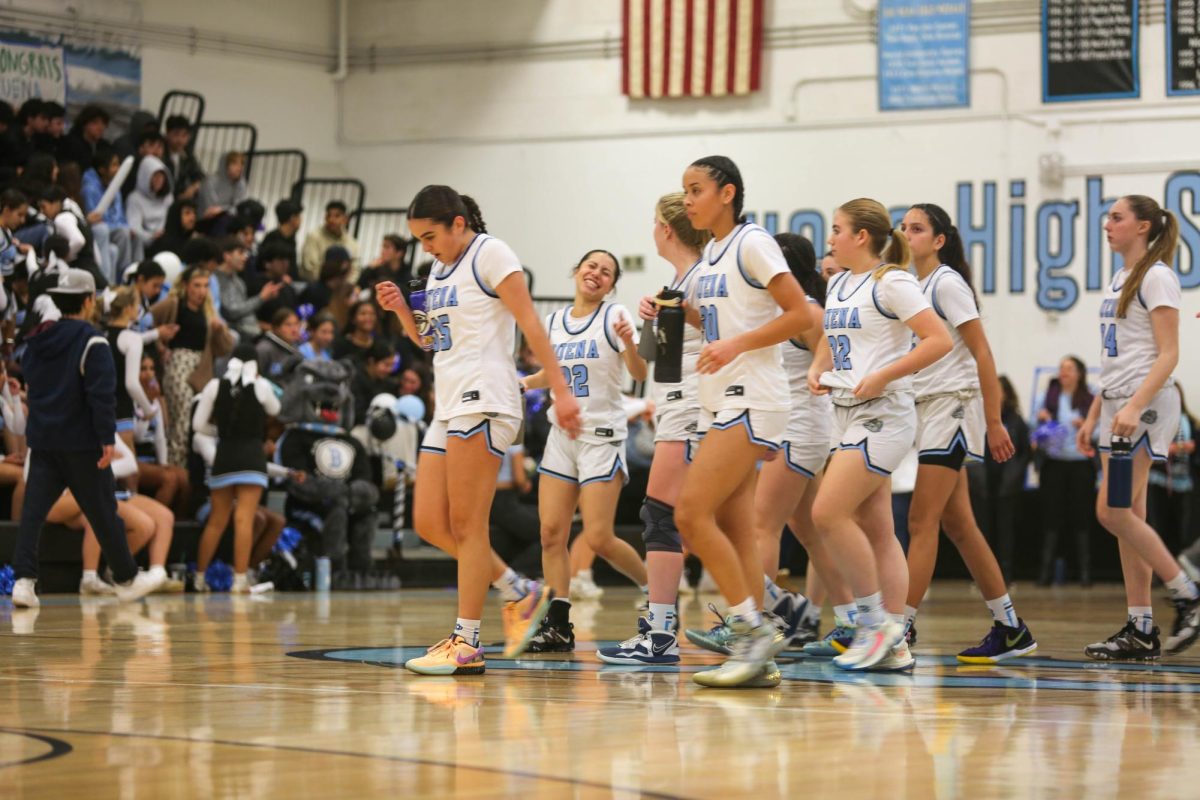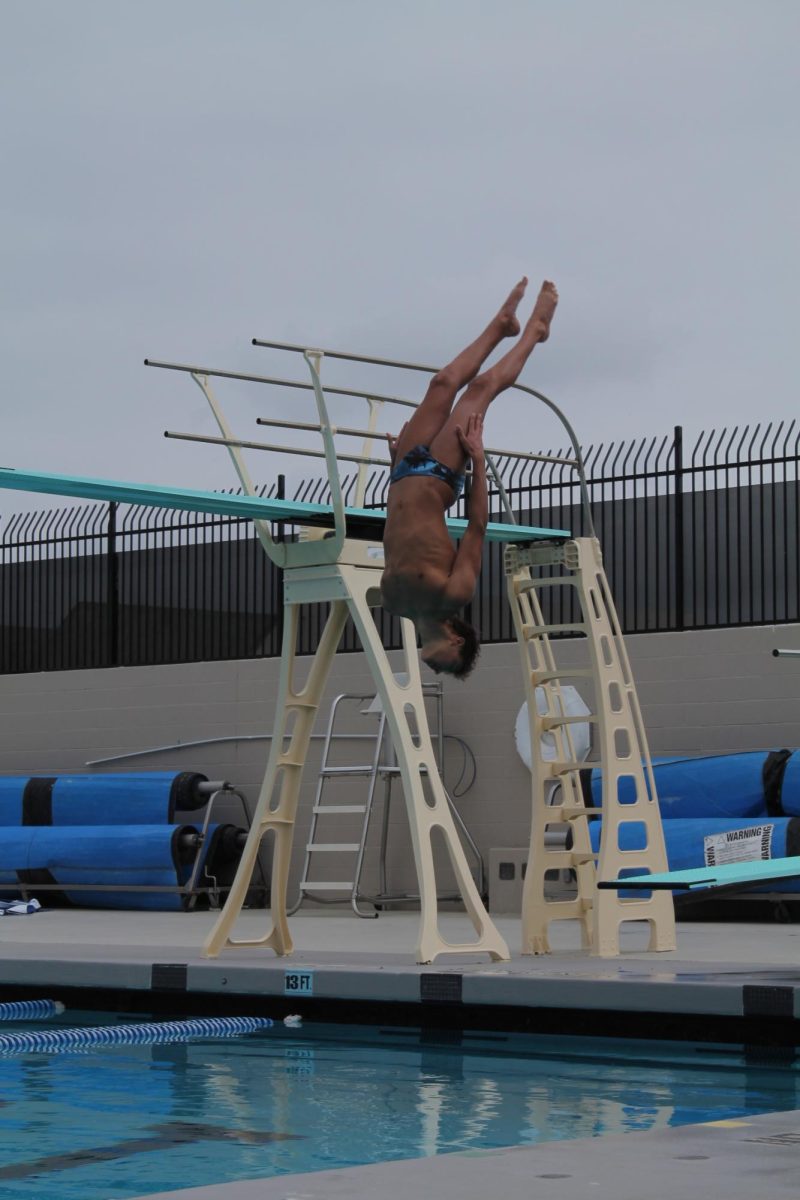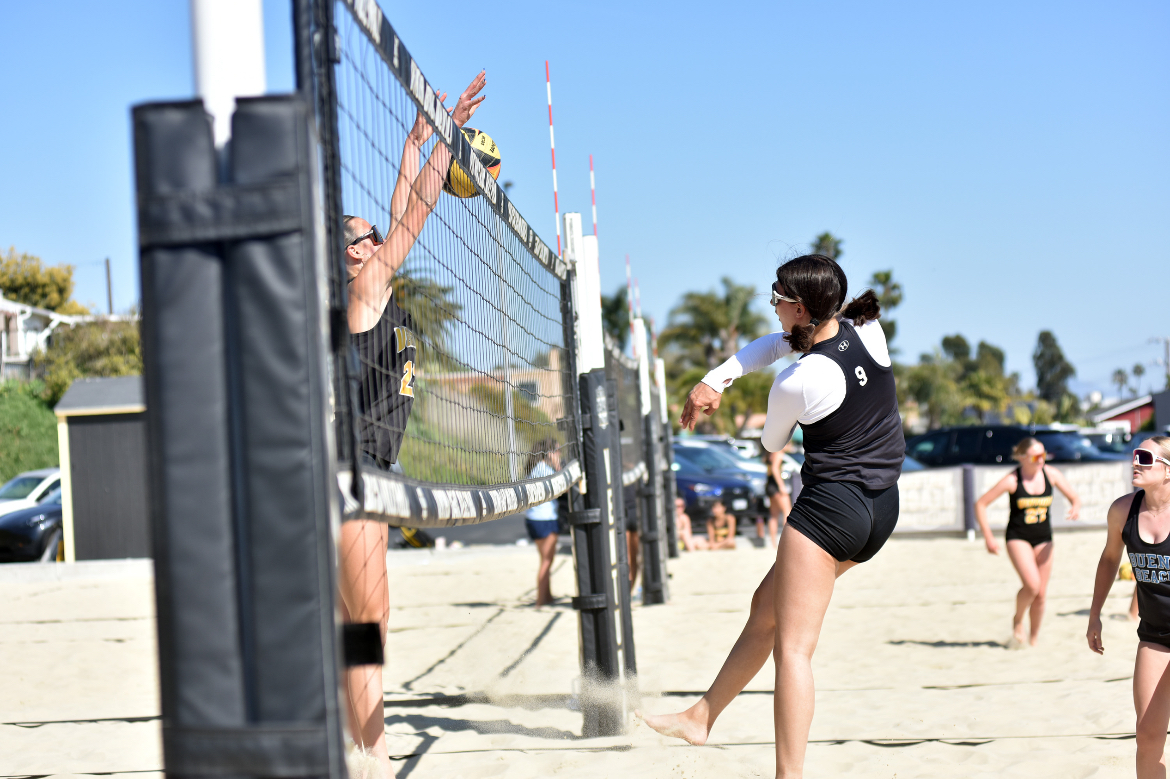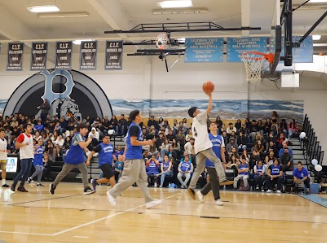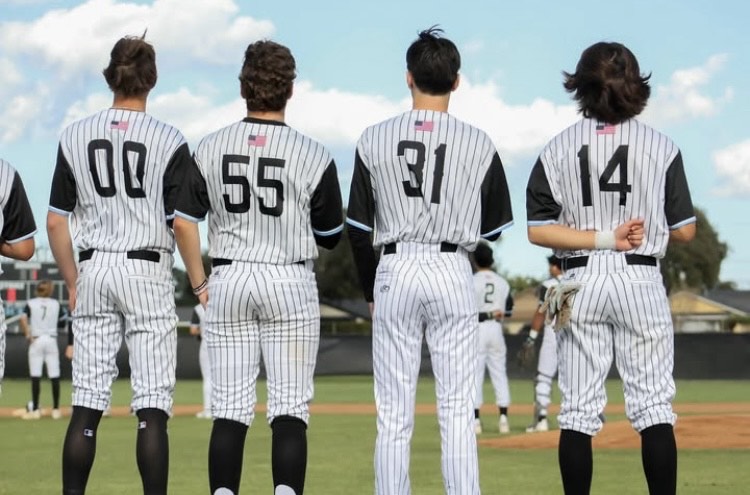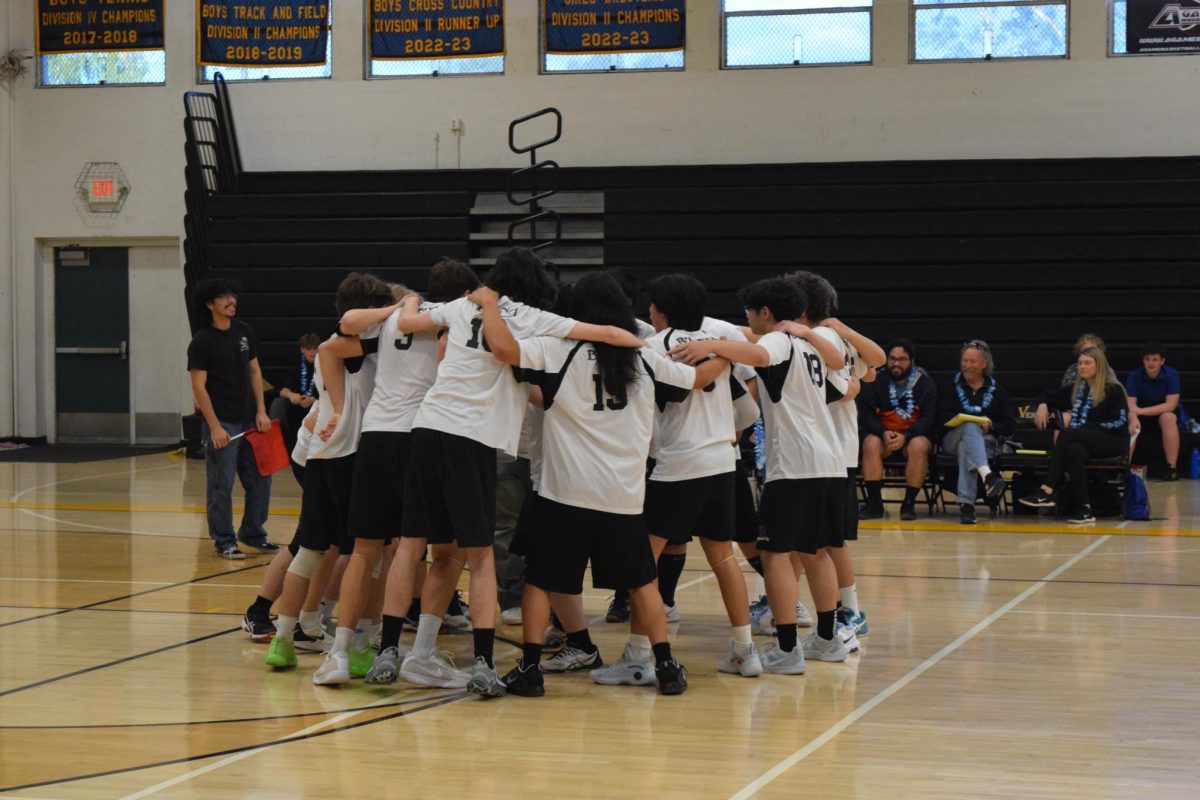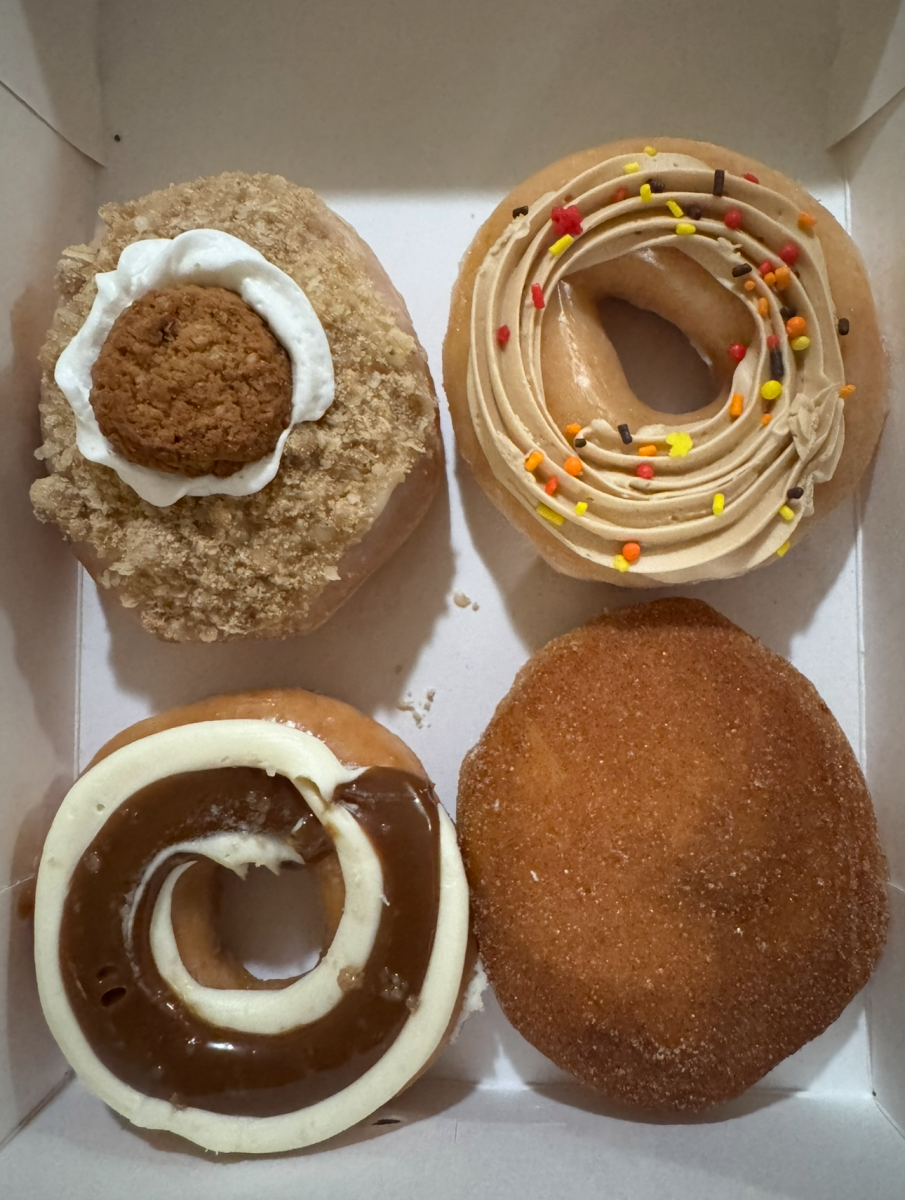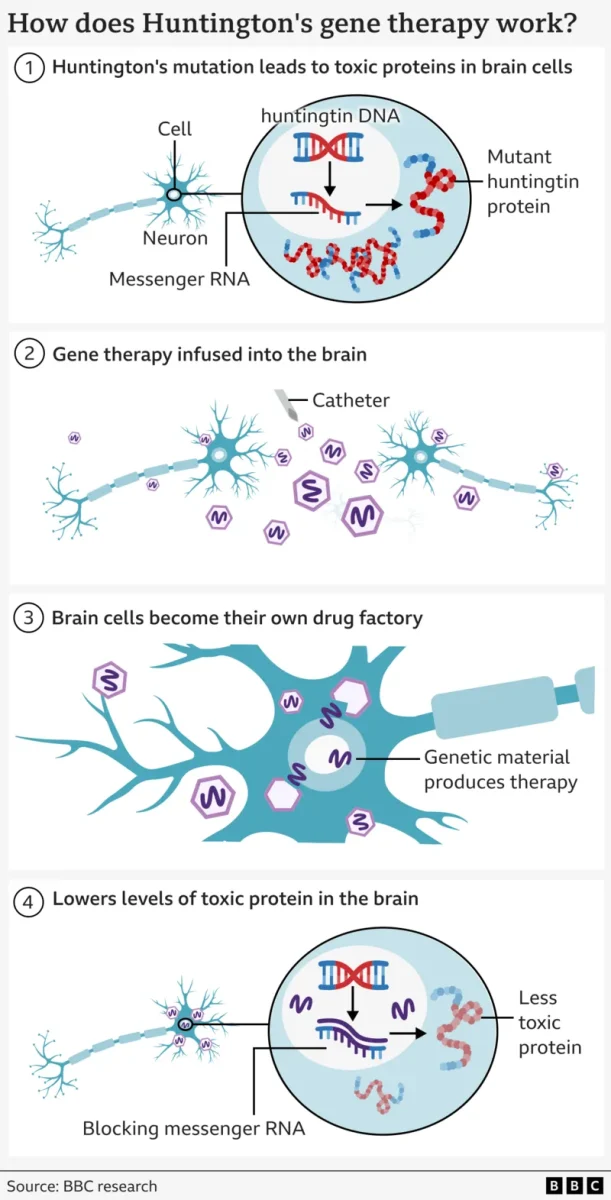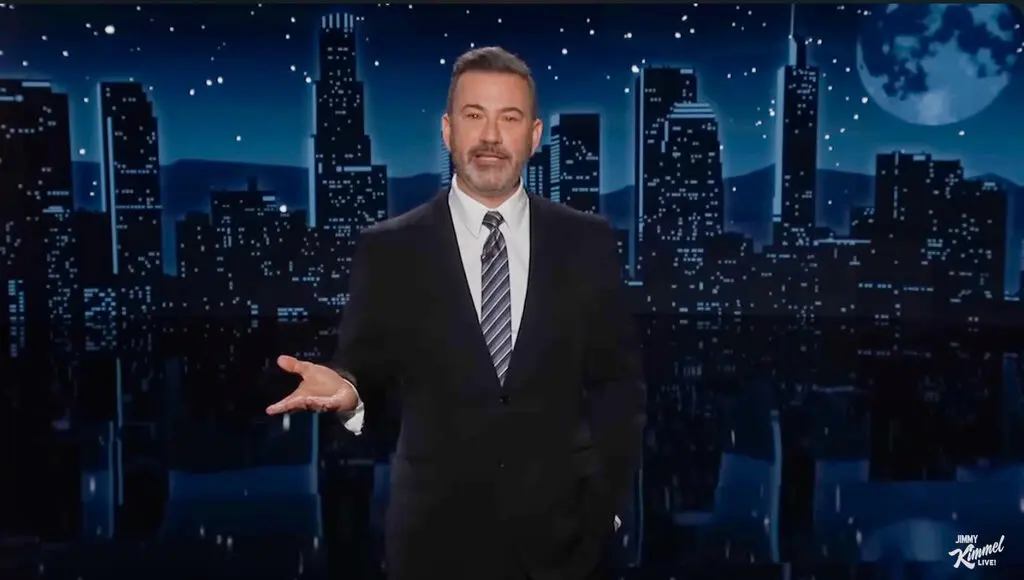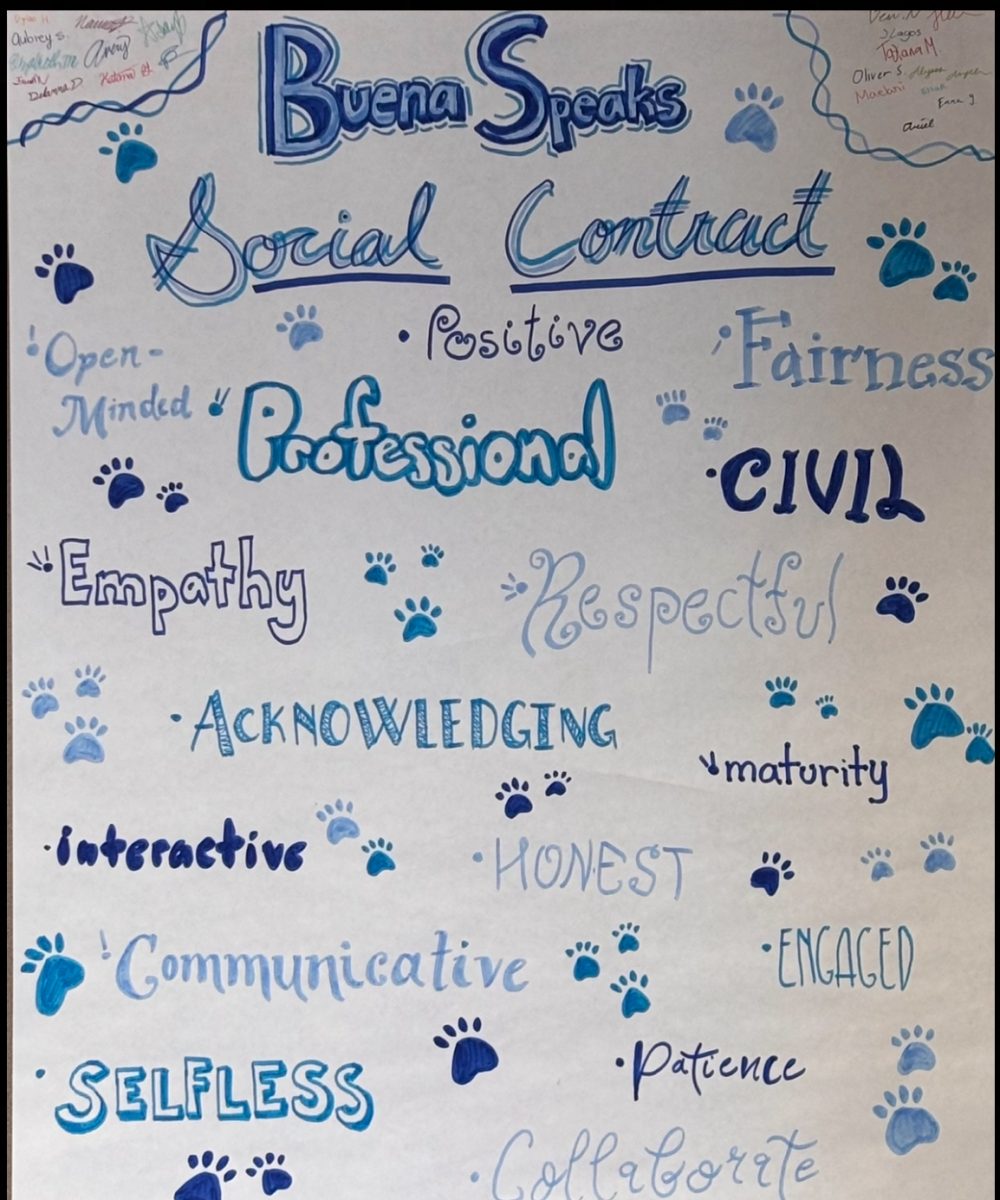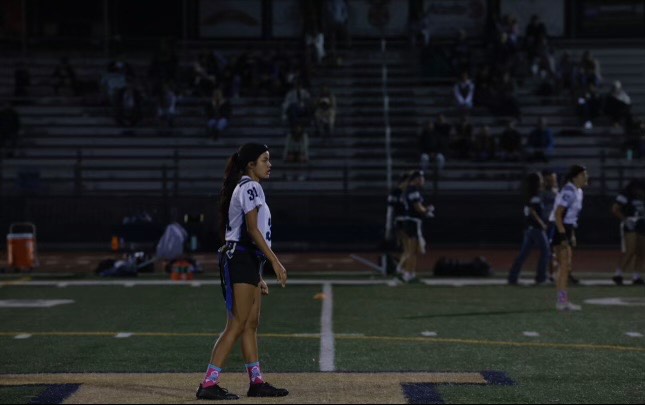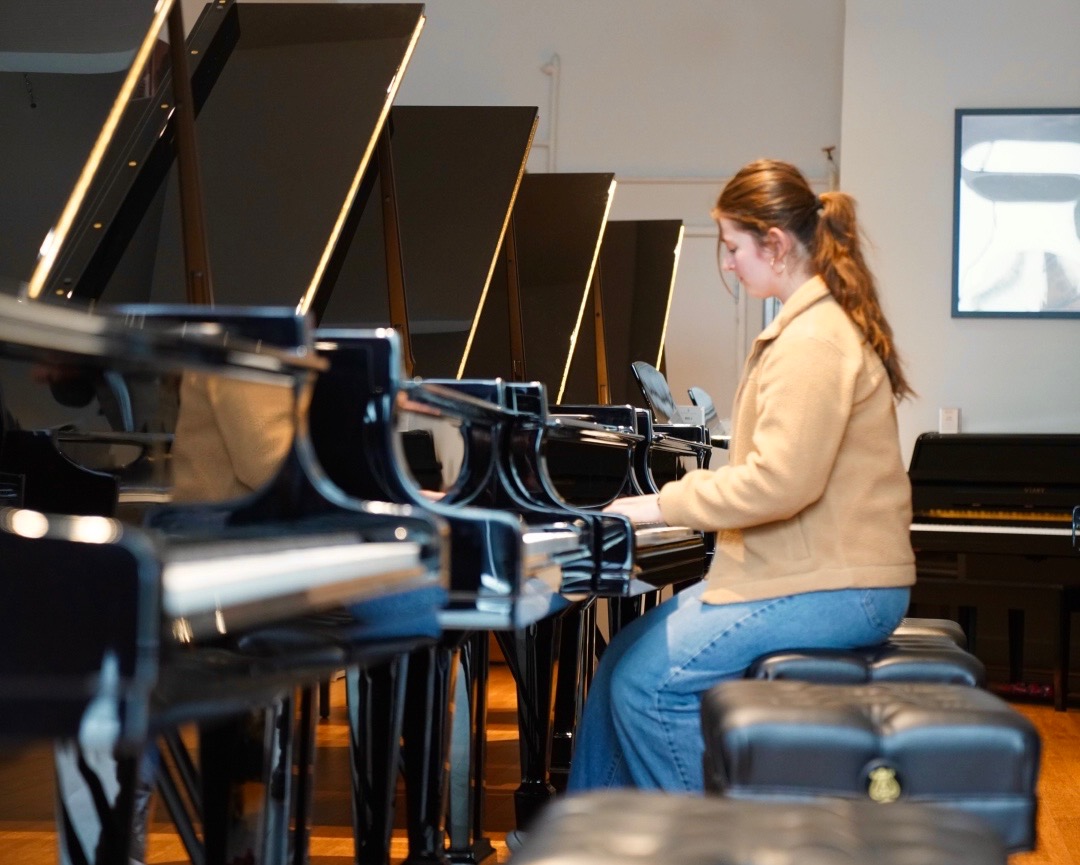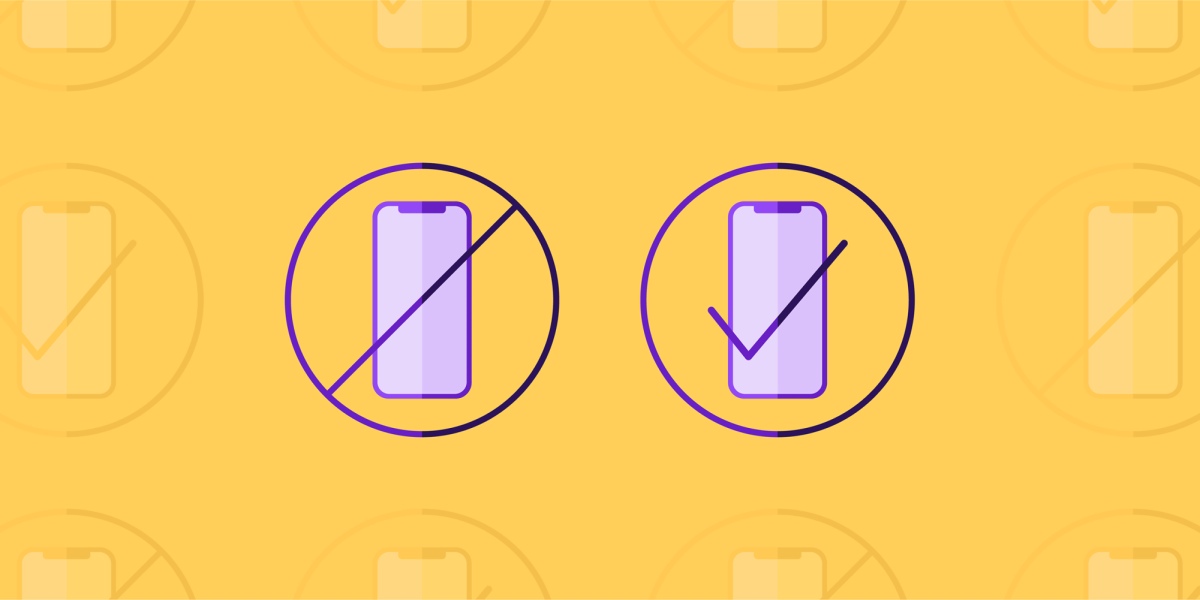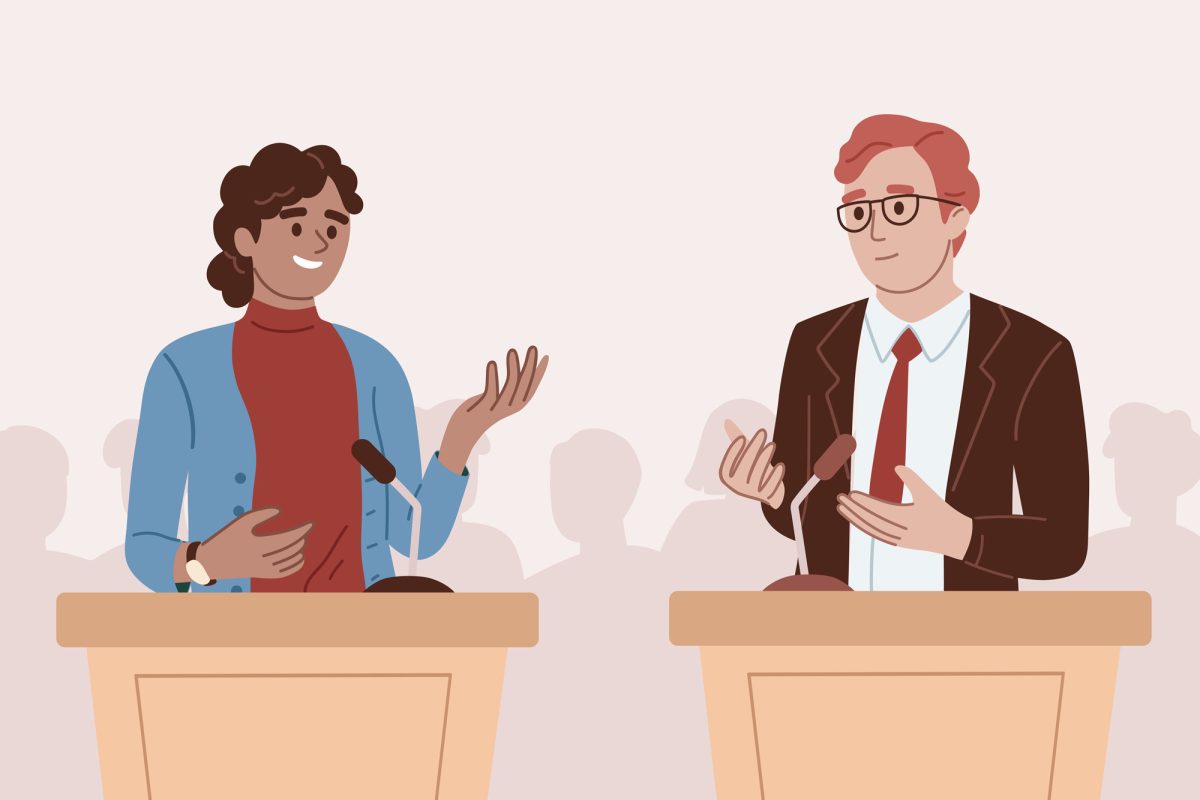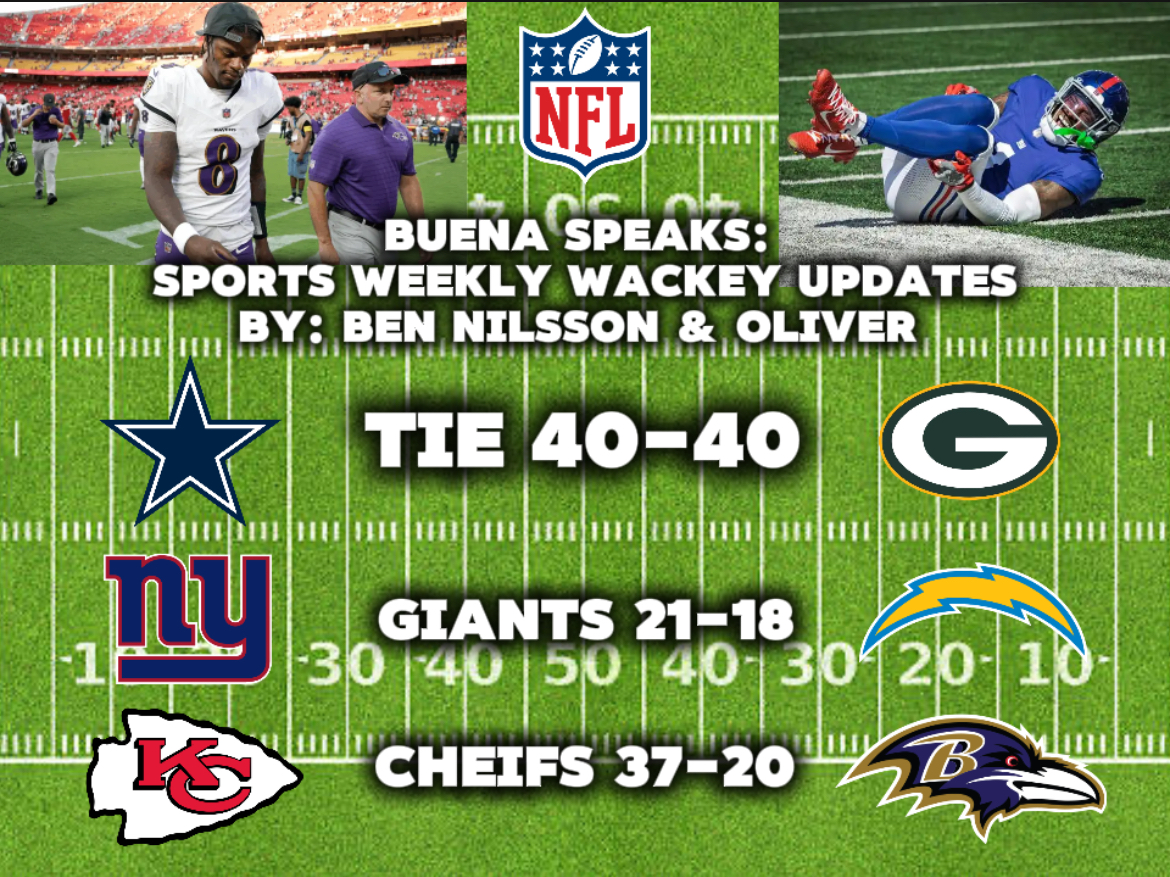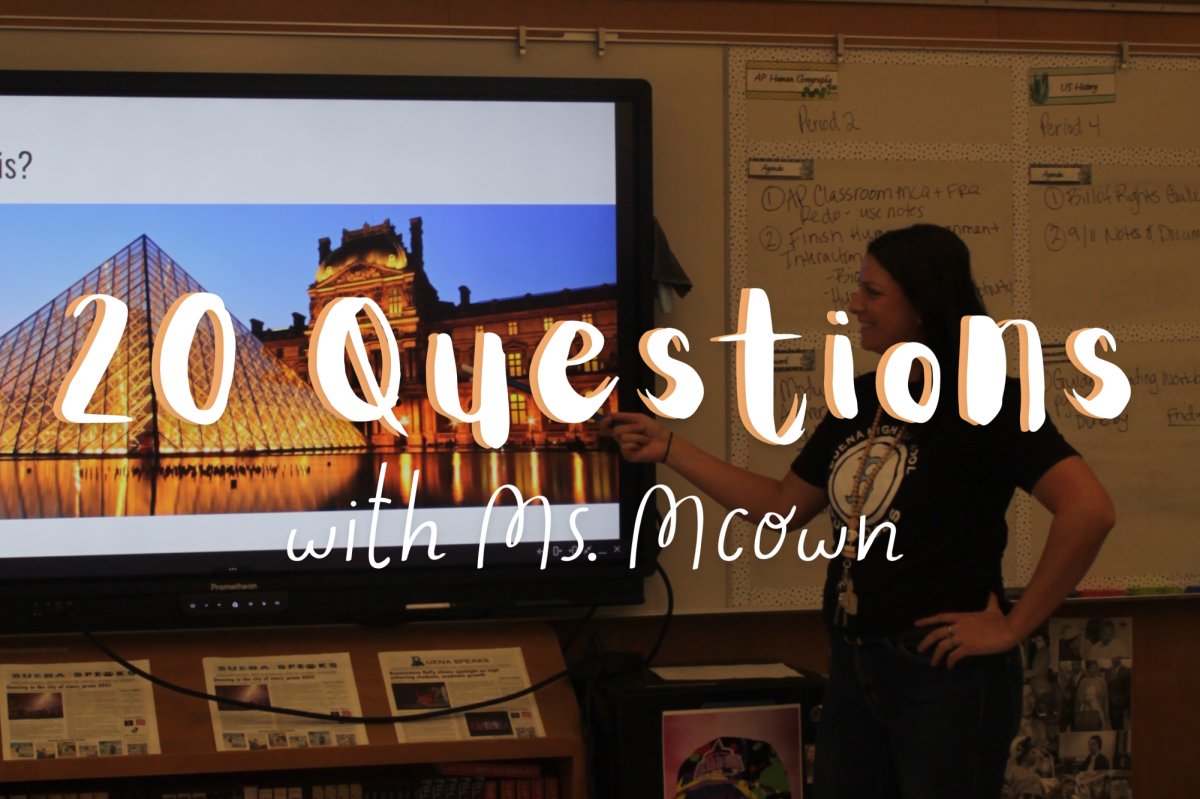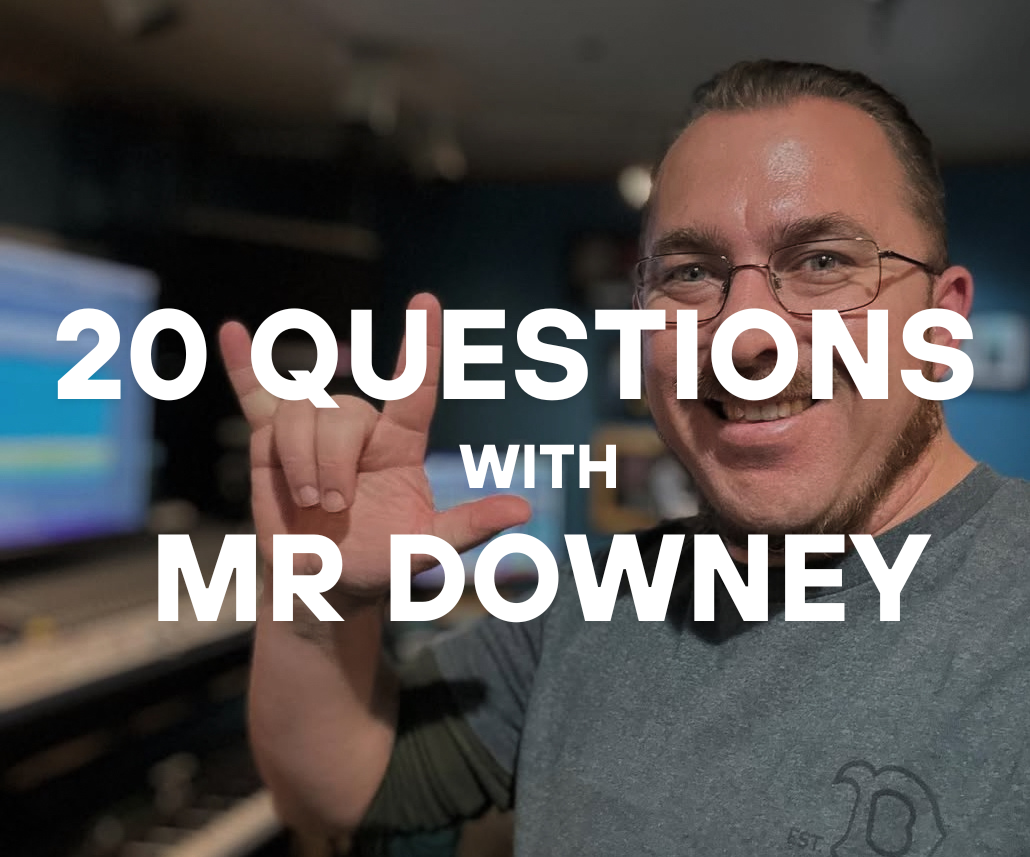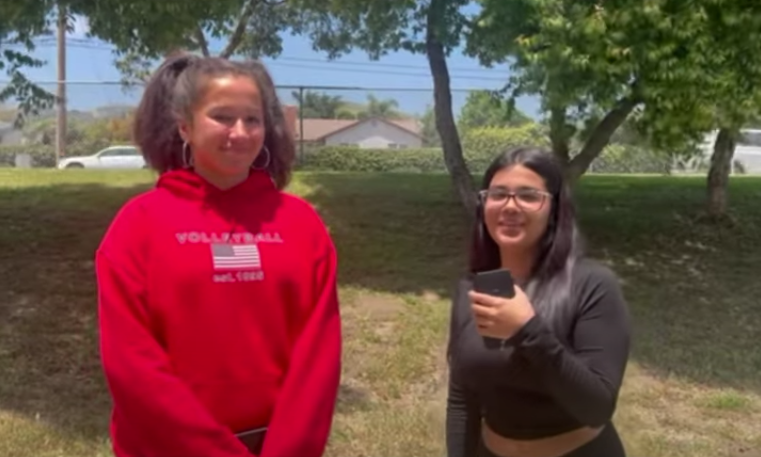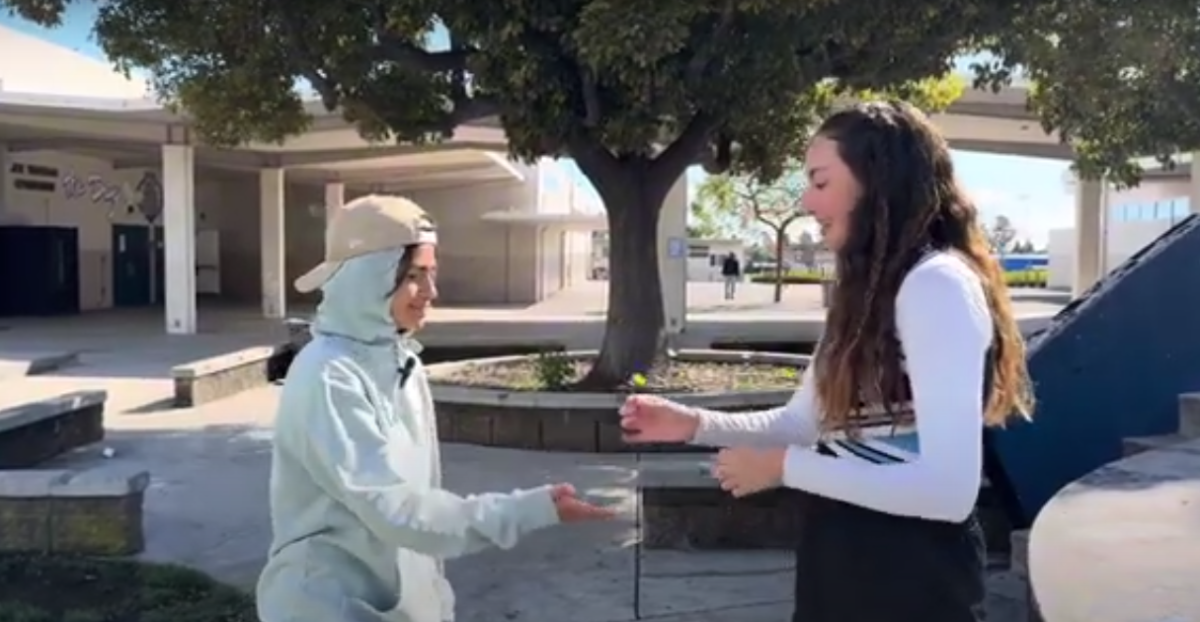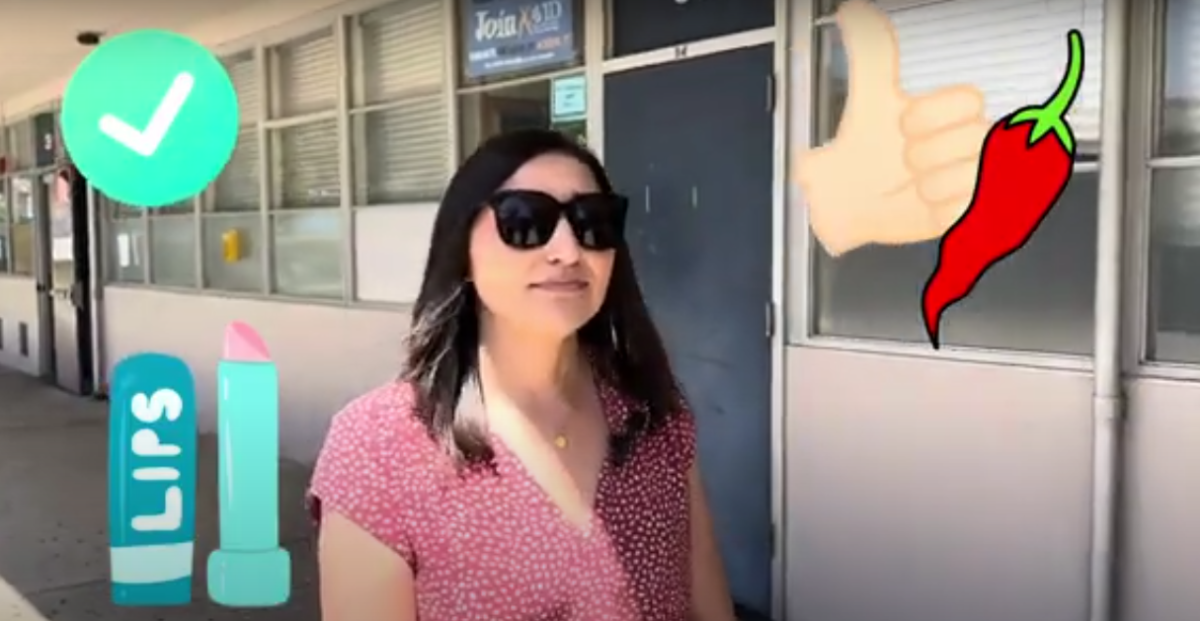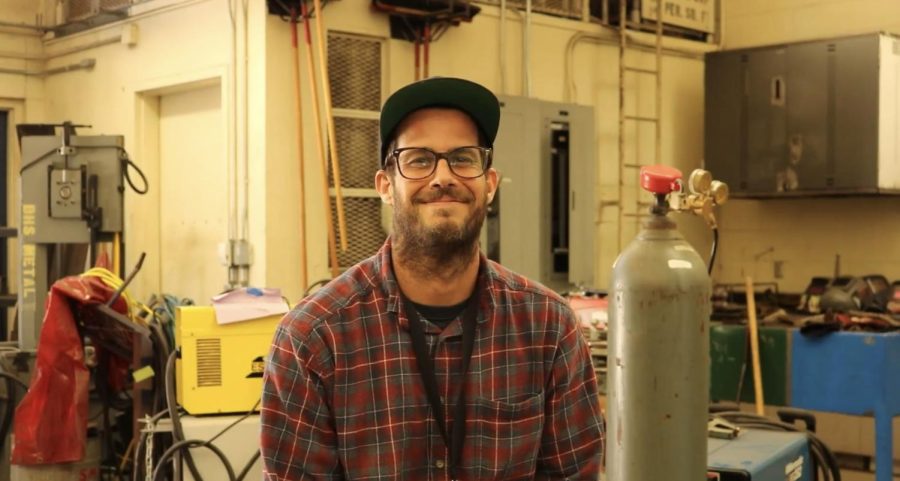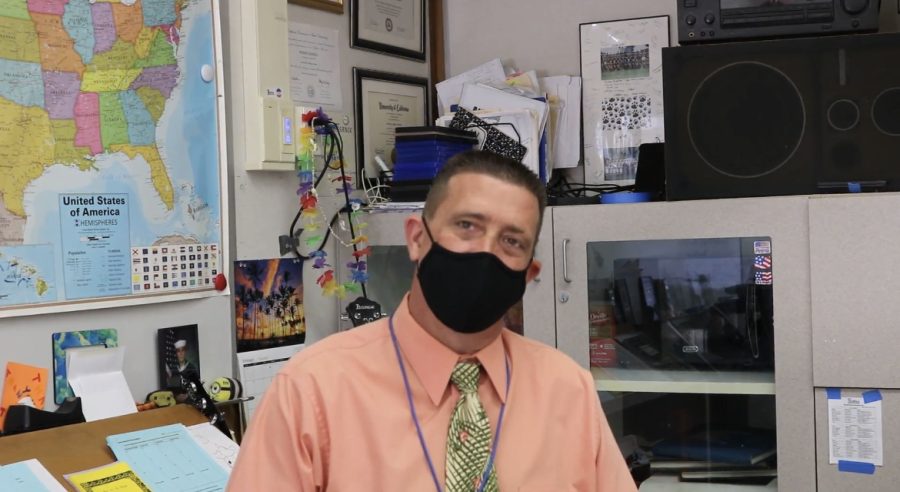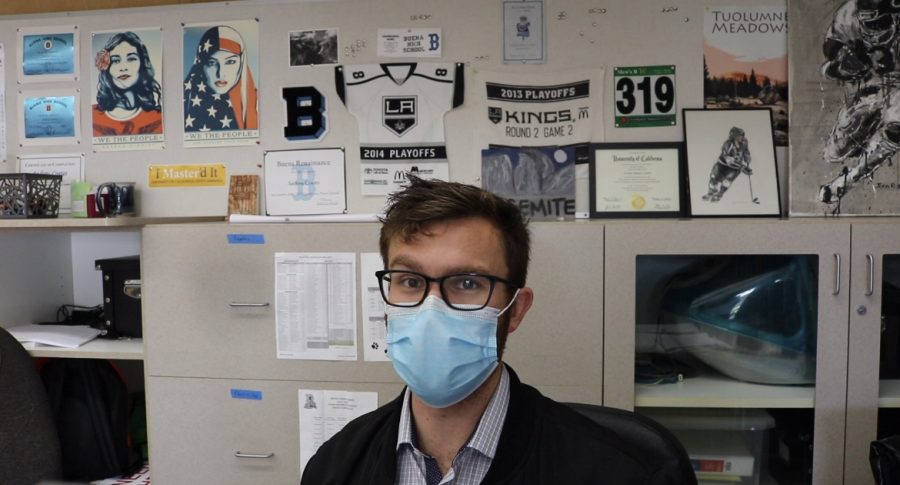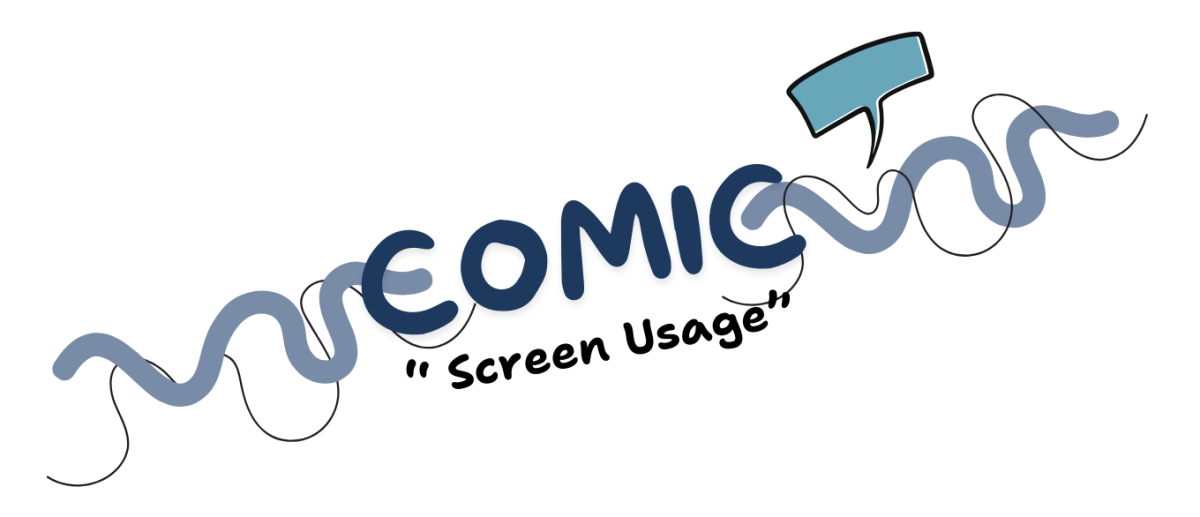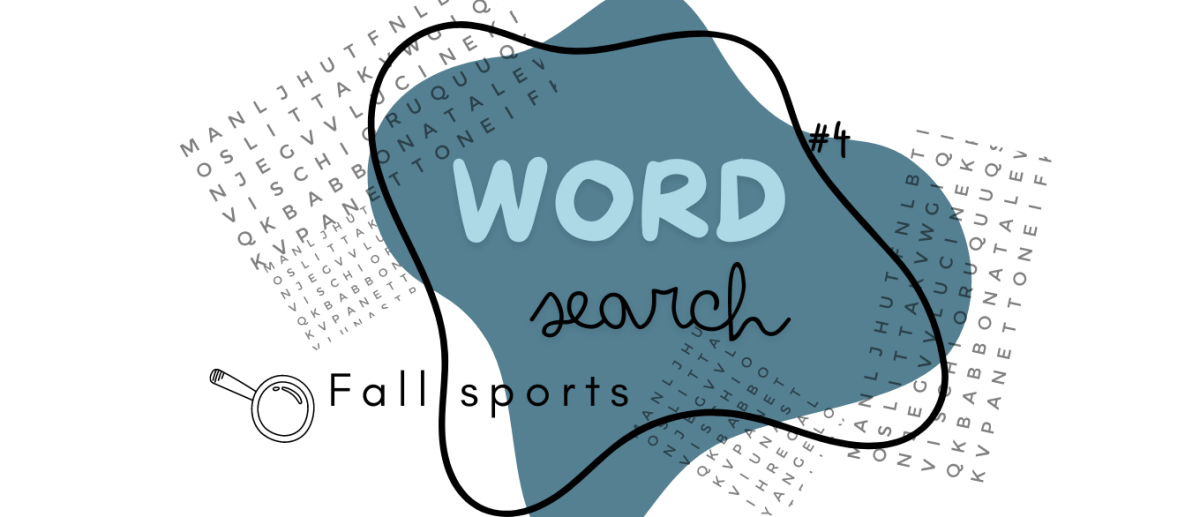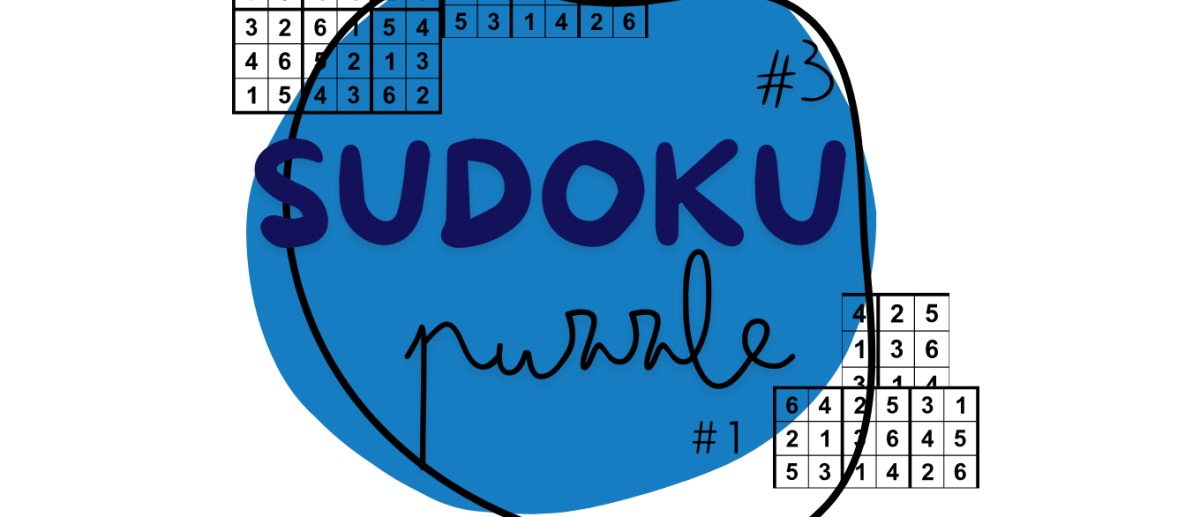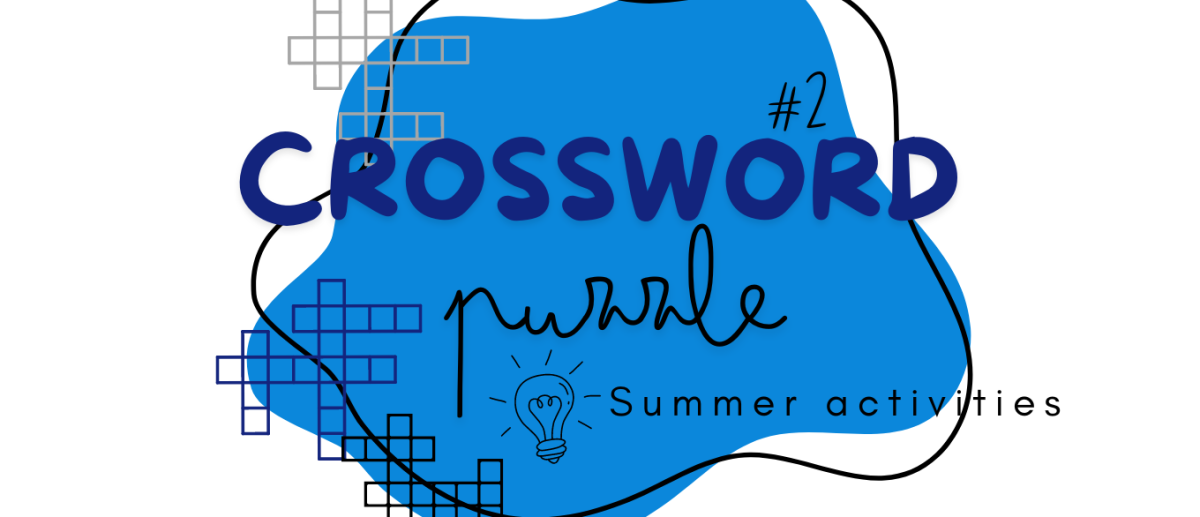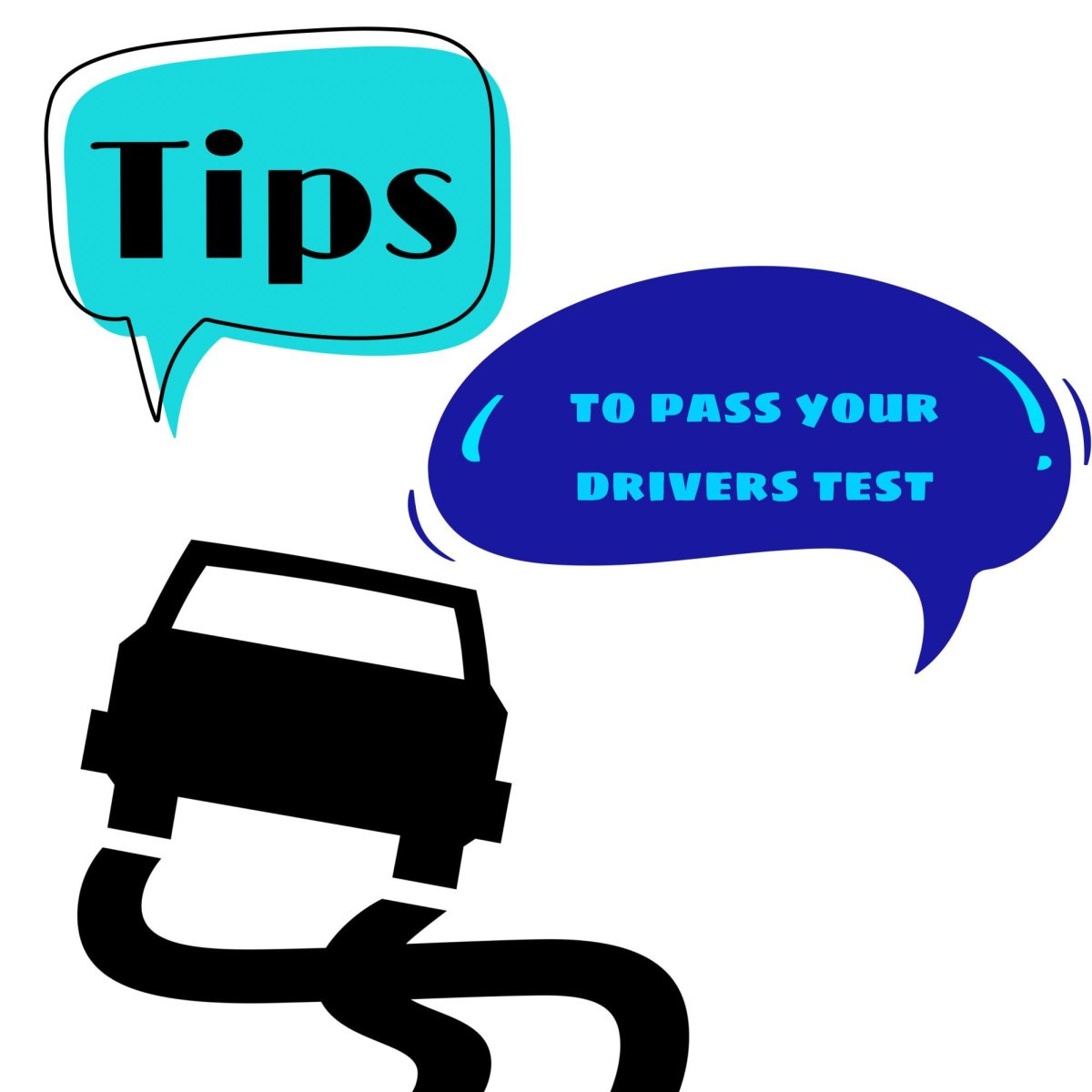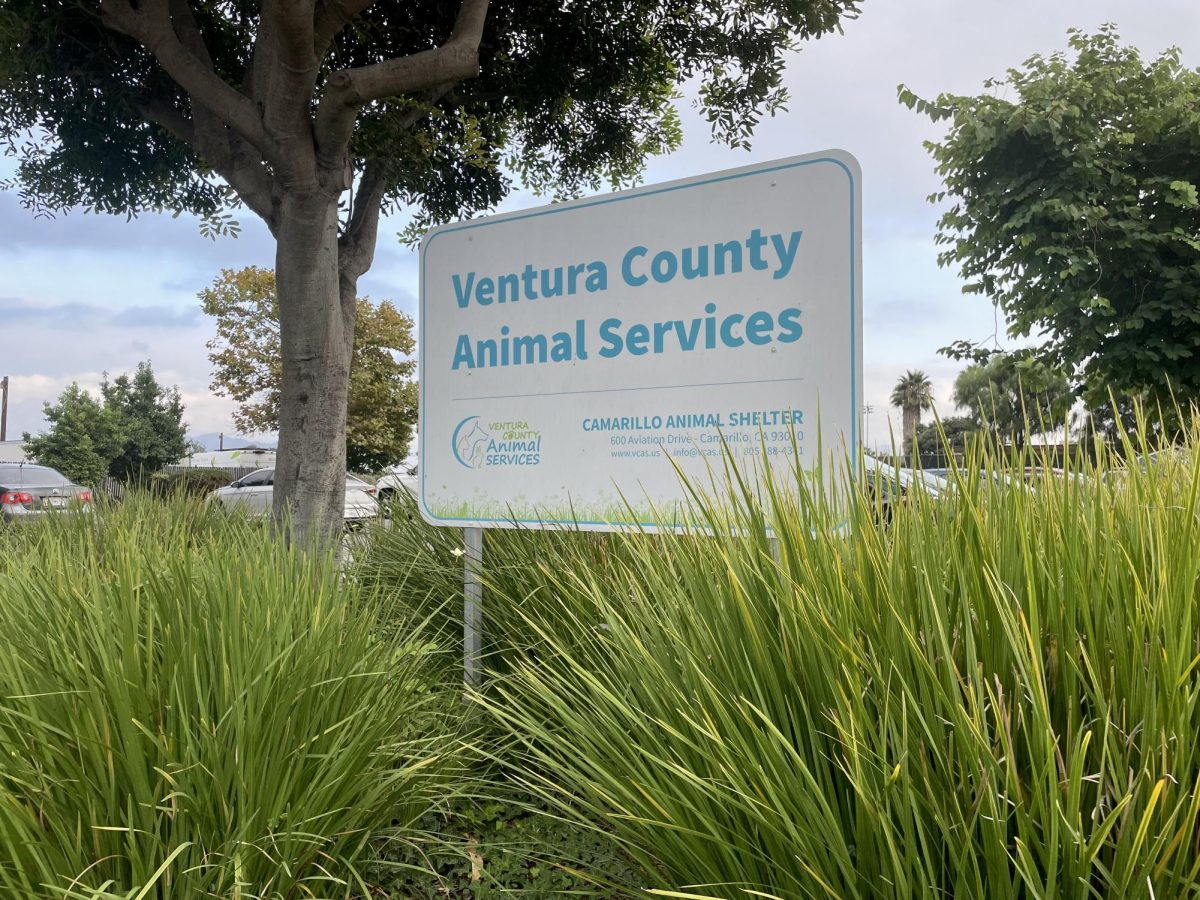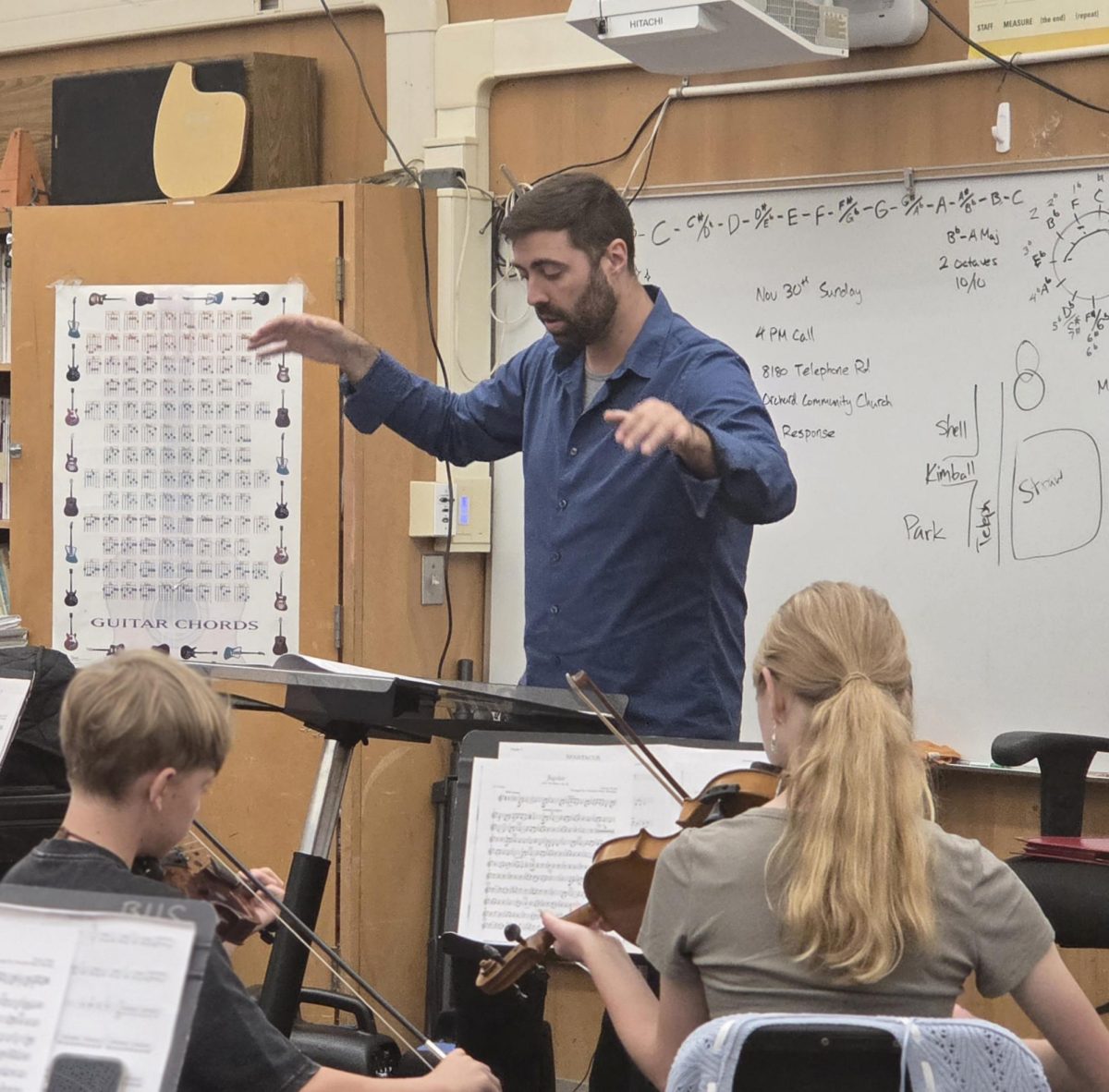High school opens up a variety of new experiences for teens as they learn to become independent, and a key independence opportunity for teens is getting a license. Along with being able to explore with a car and newfound freedom, jobs often expect applicants to have a reliable means of transportation, which is where having a license comes in handy. Parents often start expecting their children to take agency in their lives, whether that be driving to school or running errands that other family members are too busy to accomplish.
Although it seems like something all teens would want, it is also completely normal to feel anxious before your driver’s test. Driving is a huge responsibility, so feeling a bit uneasy while driving just means you are a cautious driver. Below is a compiled list of tips meant to help
Pre-Drive Checklist
Before you shift out of “park” on the drivers test, you will be asked a series of questions called the “Pre-Drive Checklist”. It is crucial to be prepared for this portion of the test, and luckily it is easy to study for. So, before you take the test make sure you know how to:
- Turn on both left and right turn signals.
- Turn on the Hazard Lights.
- Turn on the headlights
- Press the foot break
- Put on the windshield wipers
- Point to the defroster button
- Honk the horn
- Engage the emergency break
- Show your hand signals – left, right, and stop
Looking in your mirrors and blind spots:
A huge mistake new drivers make is not regularly checking all of their mirrors or blind spots. If you do not check your mirrors routinely while taking your test, the instructor can fail you as this is considered a critical driving error.
When you are merging into another lane, signal which lane you are turning in, check the rearview mirror to get an idea of the surroundings, check your side mirror, and last, check your blind spot – quickly look over your shoulder in the back window that corresponds with your turn signal.
Ben Everard, a licensed junior at Buena, failed his first test due to the common mistake of not checking blind spots.
“My first time I didn’t look over my shoulder,” Everard said. “Look over your shoulder and be aggressive about it, make sure they know.”
Taking your eyes off of the windshield for a few seconds to check your blind spots can make you feel like you are losing control of the car when you aren’t used to it. However, “feeling” like you are losing control of the car does not mean you are. It is actually more dangerous to not routinely check each mirror.
If you are worried about swerving into oncoming traffic when you look over your shoulder, remember to not grip your steering wheel firmly as this will cause your vehicle’s movements to be more in line with yours.
Drive by the DMV where you are choosing to take your test.
Though you cannot know the exact route your instructor may take you, having practice driving around the DMV will give you a general lay of the land and tackle any obstacles you may encounter on your trip. Drive by neighborhoods and go through intersections in the area you could be tested on.
Get practice driving in reverse
On the test you will be asked to pull over to a curb and back up three car lengths. When practicing, make sure to find a long stretch of curb and to have a loose grip on the steering wheel, make small adjustments with steering as needed. When you are backing up you should be primarily looking over your shoulder into the back window, but still be sure to check your mirrors. It can take a couple rounds of practicing this to get comfortable steering in reverse.
Refresh on your knowledge with practice tests
If you are about to take your drivers test, chances are it’s probably been almost six months since you refreshed your knowledge. The knowledge test taken to obtain a driving permit has lots of helpful information on the rules of the road, including right of way, road signs and safe driving practices. Practice tests can be found online.
Avoid rolling stops
It may be tempting to not fully stop at stop signs, especially if you are in a rush and no one is around, however it is a good practice to come to a full stop at every stop sign and stop light. Rolling stops will get you marked down on the test so be sure to stop a couple feet before the line.
Always use your blinker
The blinker is a vital part of your vehicle, whether you are merging into another lane, turning at a stop sign, or about to take a parking spot using the blinker communicates your intentions to other cars and makes the road a safer place. Even if you are in a designated left turn lane or it’s late and no one is behind you, turning on your blinker consistently will have you using it correctly without even thinking. I personally like to use my blinker when I am on the freeway and spot my exit. Is it absolutely necessary? No. But it does ensure that I don’t accidentally miss my exit and that the cars behind me know what I’m doing.
Watch videos that run through the DMV test
Tests vary from state to state, but watching videos can help calm nerves and prepare you for what’s to come. There are a plethora of videos on Youtube made by actual driving instructors that take you through the entire process of the test and go through each skill you need to exhibit. Zutubi is a channel with California specific videos covering different skills within driving, and has full length mock DMV tests.
Drive everywhere you can
Try your best to drive everywhere, whenever you can. Drive far distances if possible to become fully comfortable with driving. If you get picked up from school by a parent, offer to drive them home, the practice will add up.
It’s important to do plenty of research and get lots of behind the wheel practice before taking your test. According to the Driver and Vehicle Standards Agency the average pass rate of 2024 was 48.1% meaning less than half of drivers pass the test the first time. So, always remember that it is okay not to pass your DMV test the first time and it does not automatically make you a bad driver.

